05.28.20
By Lisa Major
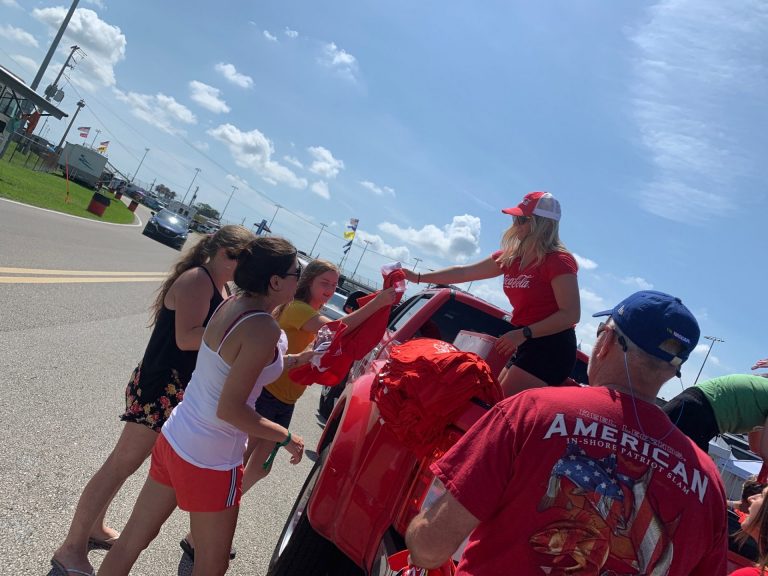
As parts of the country begin to reopen, and stay-at-home orders are lifted, people are beginning to emerge from their homes with an innate desire for human interaction. As this takes place, there is no better time for the revival of in-person brand experiences, and guerrilla marketing is the key to making this happen. You see, guerrilla marketing is completely autonomous, and unlike some types of experiential marketing, it doesn’t rely on large events like festivals or sporting events.
From street teams and vending trucks to taking advantage of the newly popular drive-up experience, there are many guerrilla tactics that brands can capitalize on right now.
Guerrilla marketing is an unconventional and innovative marketing tactic that aims to capture the attention of consumers by catching them off guard in unique and creative ways. Ways that stop them in their tracks while creating awareness and generating a ton of buzz. And while guerrilla marketing has evolved and taken on many different forms since the term was first coined in the early 1980s by Jay Conrad Levinson, one thing has remained the same: the element of surprise.
Compared to other experiential marketing strategies, guerrilla marketing relies more on creativity rather than a huge budget. This makes it an ideal strategy for brands and organizations of any size.
Any time a company can catch a consumer off guard and create an instant positive impression is a win. Consumers will remember the moment and share it…and in the long run, become customers and loyalists.
Guerrilla marketing can be executed just about anywhere and at any time, leaving you the flexibility to execute on your terms.
Guerrilla marketing thrives on simplicity, therefore, the lead time to launch an activation is relatively short.
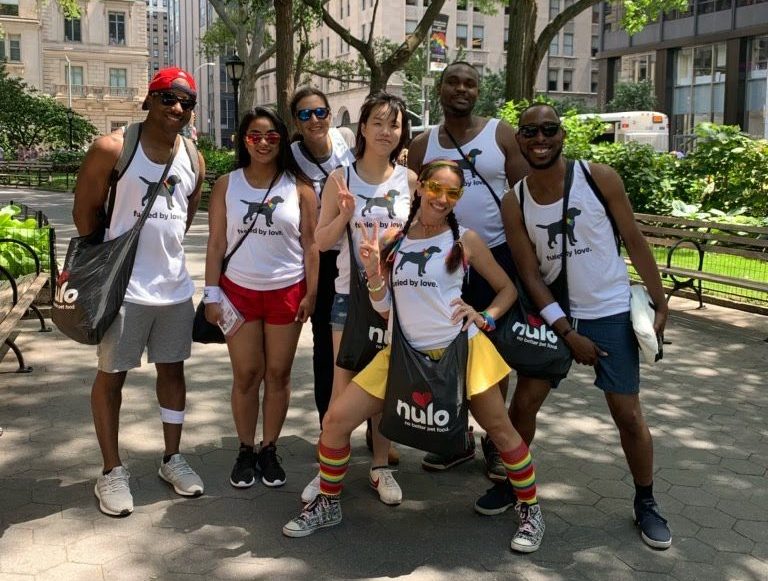
Nulo Pet Food Street Team
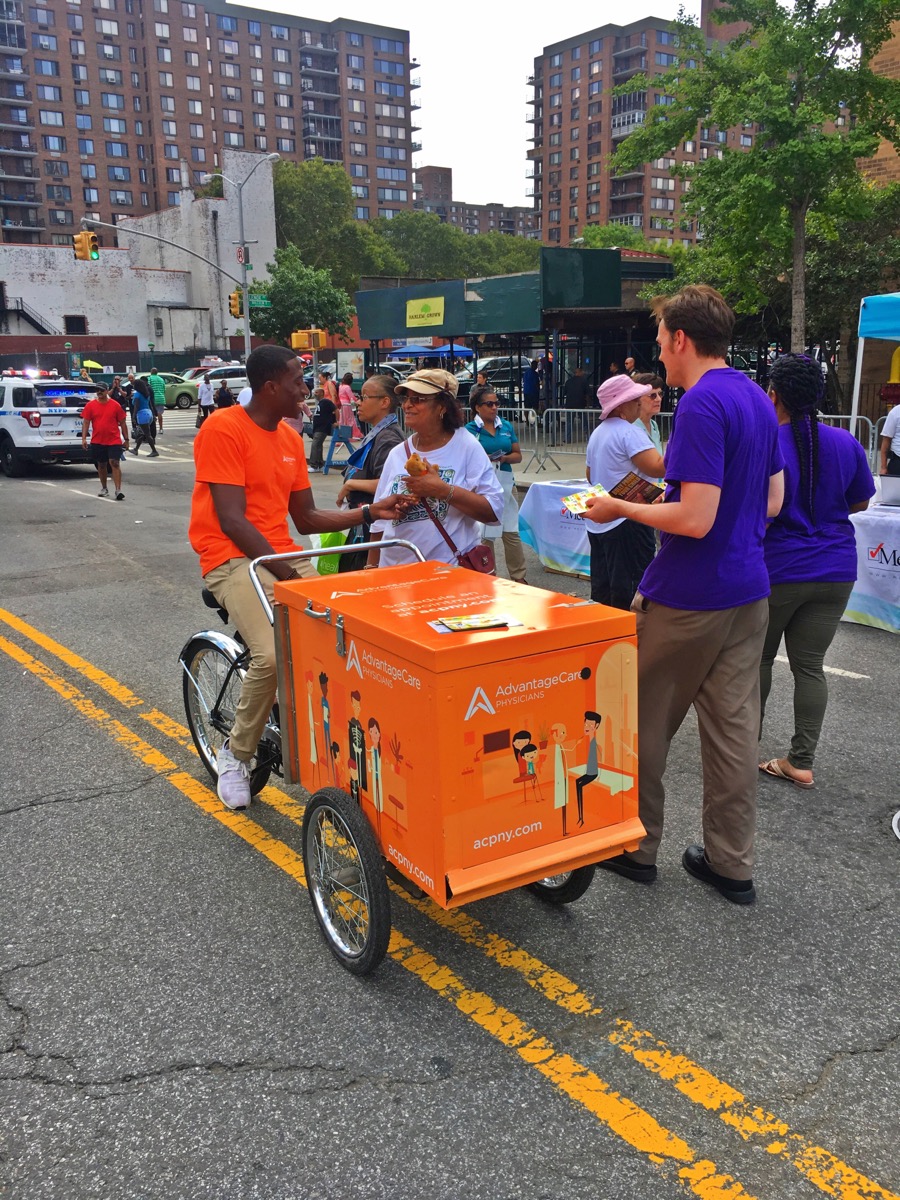
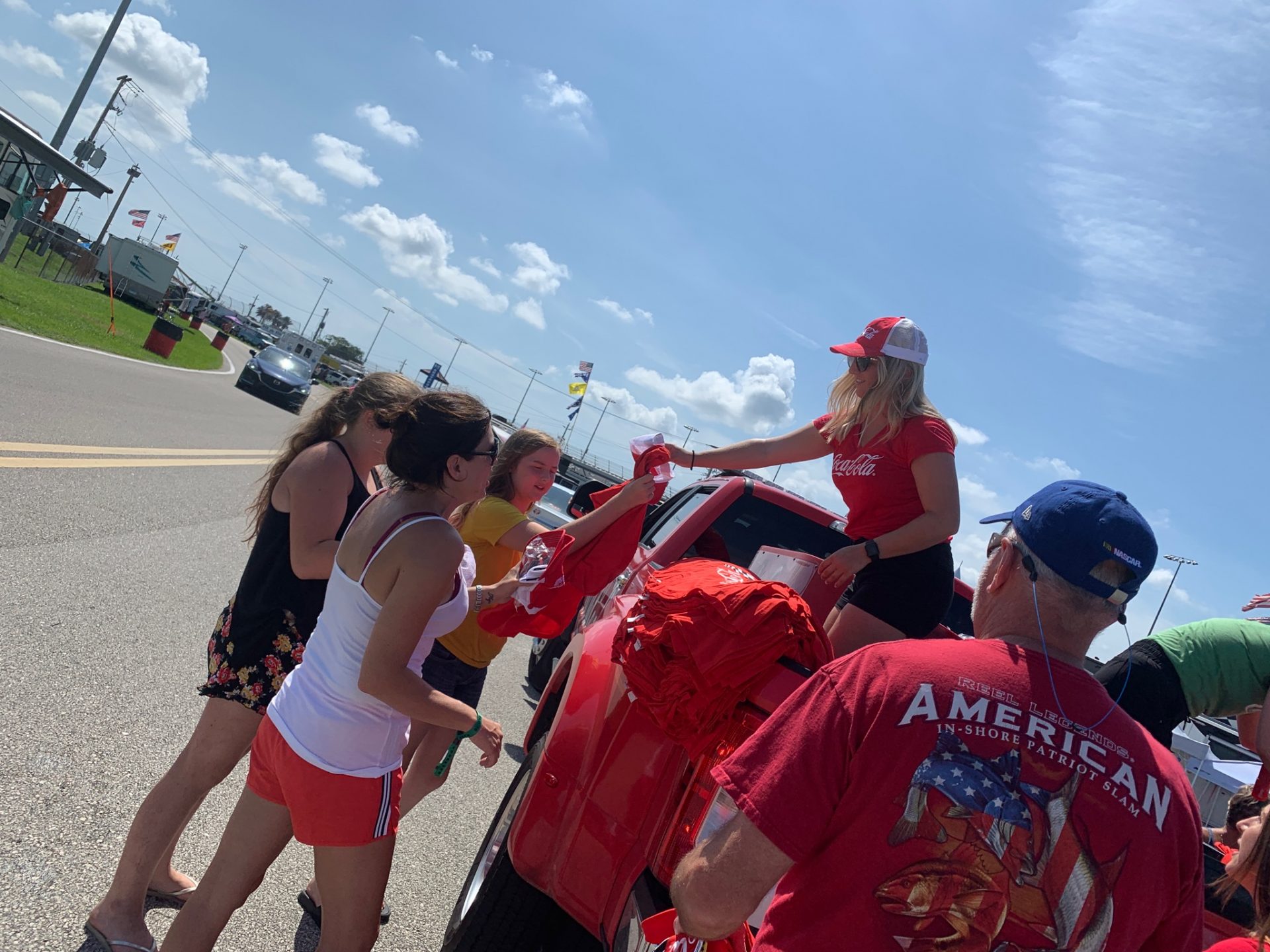

adidas Originals Pop-Up Events
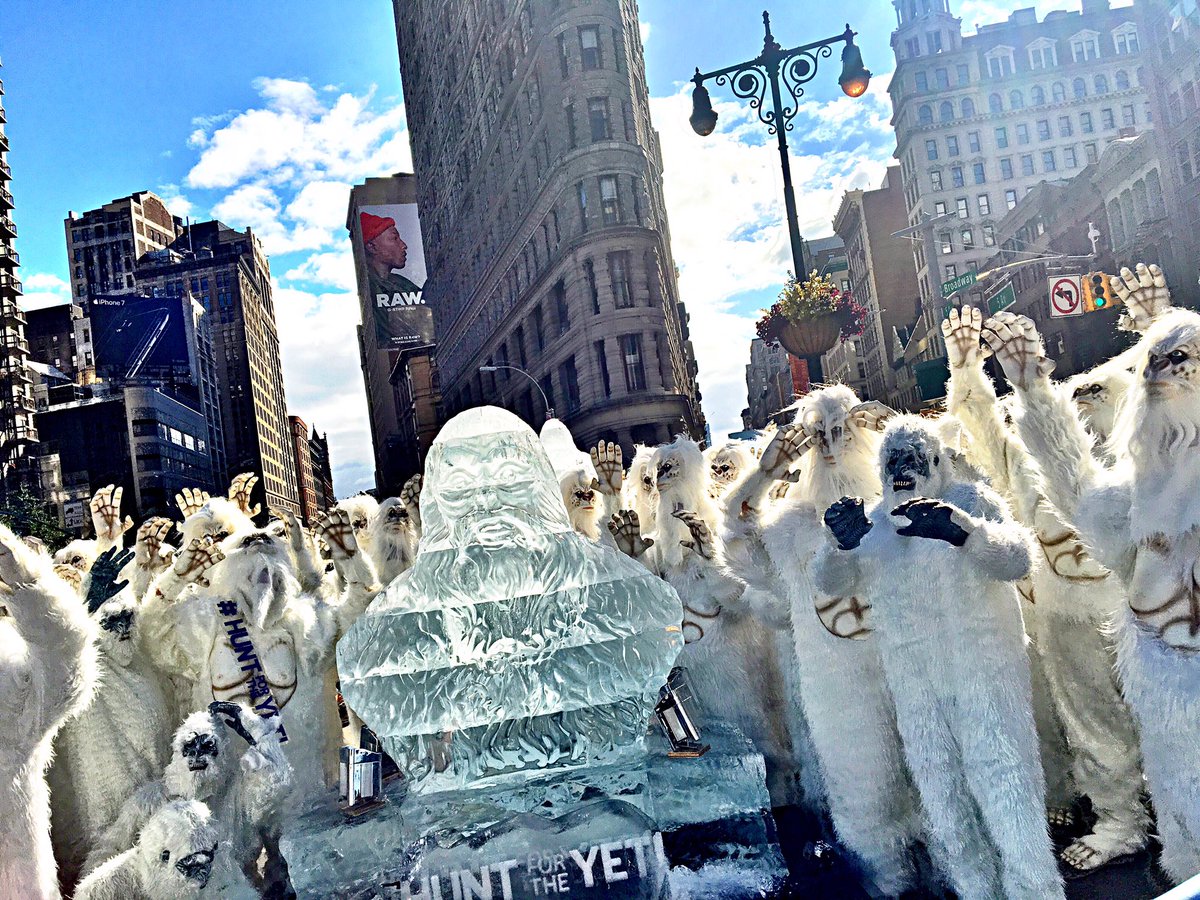
Expedition Unknown’s #HuntForTheYeti
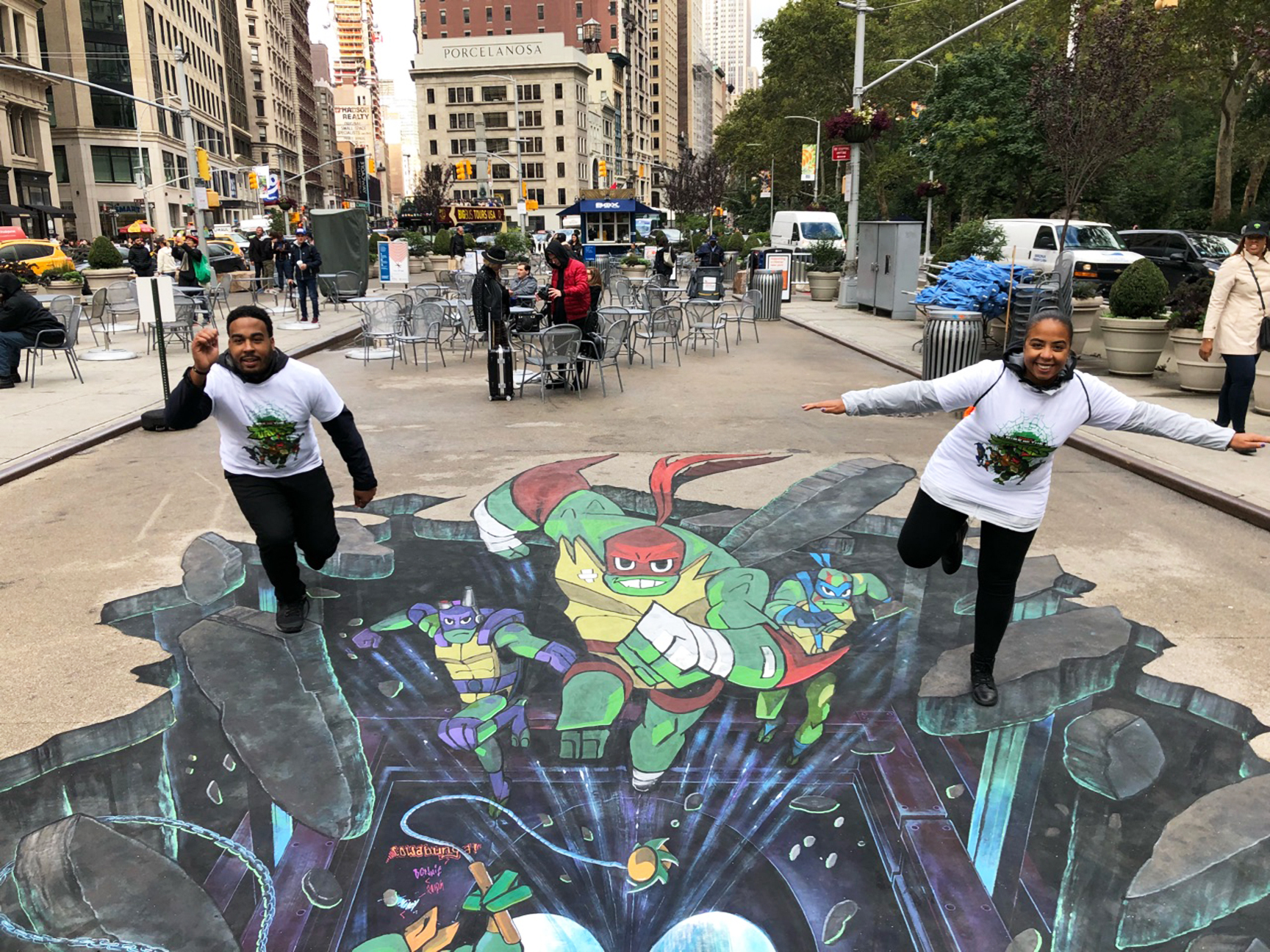

Hulu’s “Handmaids Tale” Art Installation (Photo: Bryan Bedder/Getty Images for Hulu)
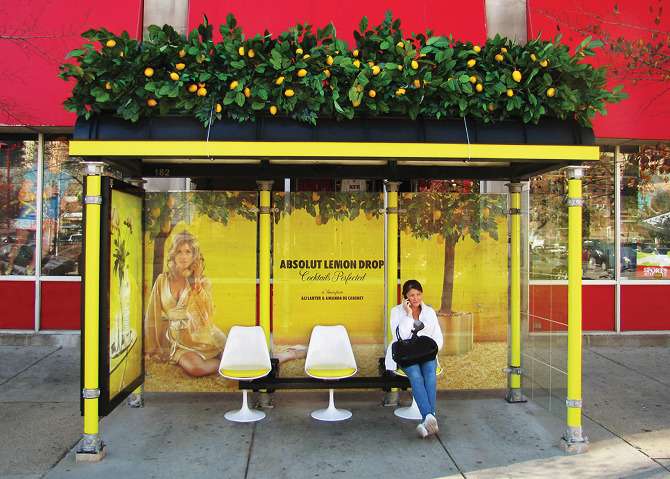
Absolut Lemon Drop Bus Stop (Photo: Jordan Rein)

Old Navy #FlipFlopHooray Vending Machine (Photo: Forbes)
People are exposed to between 6,000-10,000 advertisements per day, which makes it incredibly difficult to capture their attention. With that said, your guerrilla efforts must stand out (in a good way), otherwise, your campaign may get lost in the shuffle, and people will tune you out.
As with any marketing strategy, identify your target audience before you do any planning. Research their preferences, likes and dislikes, hobbies, interests, and so forth.
Perceptions will be different based on locality. Some regions of the country have taken a harder hit from the virus than others, and consumers in those areas may not be willing to participate just yet. When planning a campaign, do your research on reopening phases in each state and reach out to local connections that you have to get a sense of how the public is reacting.
As you settle on a location, remember that maximum brand exposure is super-important. Personally scope out any areas that you are considering to ensure that there is plenty of foot traffic, and that your target audience is present.
Once you have captured the attention of passers-by, your content needs to be brief and to the point to ensure that your messaging resonates and sticks with people. Brand ambassadors should be used in tandem with your guerrilla activities to not only help attract people to your activation but also to convey your messaging concisely.
Due to its nature, there are some risks in guerrilla marketing. If your field teams are asked to leave a location, they should do so promptly and apologetically to avoid any repercussions.
During these unprecedented times, some consumers may not be ready to interact with your brand in-person just yet, while others will. Be sensitive to current events and people’s attitudes, and don’t be too aggressive with your tactics.
There is plenty that can go wrong with guerrilla marketing, from bad weather to a lack of traffic to location issues. Carefully consider any problems that may arise, and have a backup plan (or two) to resolve any issues quickly.
Of course, safety should always be the top priority during this pandemic, and precautionary measures should be taken, especially with frequently used touchpoints such as vending machines or iPads. When planning your guerilla activation, you will need to create and follow a safety plan to ensure that both consumers and your field teams are safe. You should also consider hiring additional brand ambassadors to help with sanitization tasks.
Live brand experiences are powerful, they are impactful, and most importantly, they offer real-life connections – and right now, that’s what people miss the most. It’s time for brands to shine and to get back out there, and these guerrilla marketing ideas will help you to do just that.